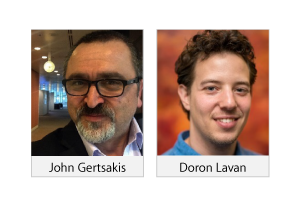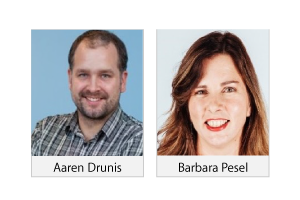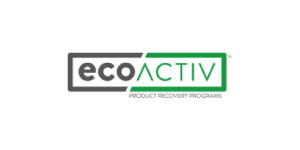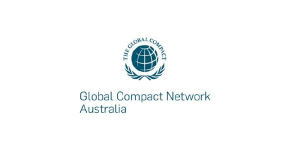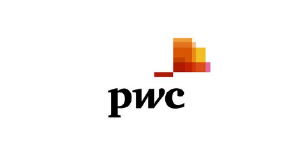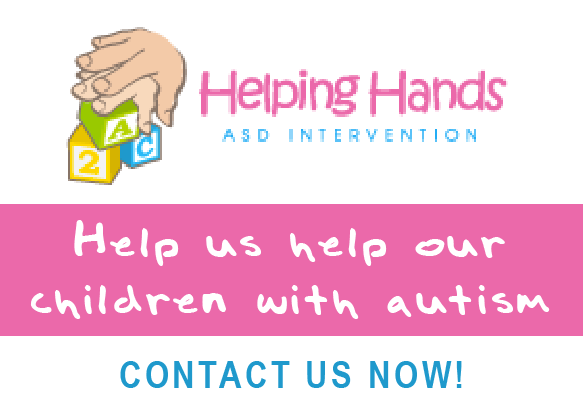
The UN Global Compact: driving sustainable development innovation
The UN Global Compact – a network of more than 8,000 companies and counting – is arguably the most important corporate sustainability movement in the world. In my role as CEO of Futureye, a consultancy specialising in sustainable development innovation, I have been a member of the Global Compact for 15 years; that is since its foundation. And never have I been more convinced of its value than I am today.
We now know that our consumption of resources is exceeding planetary limits with devastating consequences. Only collective, radical action from civil society, governments and corporations will achieve the sustainable development we so urgently need. The Sustainable Development Goals, ratified by 193 countries in September 2015, offer us both a vision and a practical roadmap for how to get there.
But achieving these goals will require deep disruption to our current business models. The widening gap between the level of responsibility for sustainable development that society expects from corporations and their actual performance makes a business-as-usual approach an increasingly risky option. Inaction now runs counter to the interests of all parties. Without sustainable transformation, we risk a whole range of worst-case scenarios: not just failing businesses, but real humanitarian, environmental and economic catastrophe.
As billions of people are forced to share ever-dwindling resources, there is perhaps no more important question than how we can hydrate, feed, clothe, house, educate and employ our growing global population while avoiding conflict. And answers are no longer expected from governments alone. Increasingly, corporations are being expected to step in and step up.
The Futureye Curve, a tool we use to map the extent and nature of society’s engagement with a given topic, has been used to track the rising societal expectations around corporate responsibility for sustainable development for more than a decade. In our new report, The Age of the Curve Hugger, we set out the need for organisations and industries to understand the maturity of the sustainable development agenda and their own performance in relation to the Curve. Those that do – Curve Huggers, as we call them – understand the true risks of falling behind society’s expectations and can learn to innovate at the requisite rate of change, reaping far-reaching benefits and positive flow-on effects.
Such integrated sustainable development innovation requires radical new models of collaboration that reach far beyond a corporation’s internal strategy to encompass entire supply chains. The Global Compact represents the perfect platform to facilitate and support such partnerships. We cannot go it alone. If we’re to have any hope of achieving our common goals, businesses will need to collaborate with each other – reaching deep into their supply chains – as well as with civil society and government. And they will need to plug into overarching sustainability frameworks, such as the Sustainable Development Goals, rather than rely on the self-selected indicators of traditional CSR metrics.
The barriers to sustainable development innovation, set out in our report, are both significant and substantive, but they are by no means insurmountable. Already, a new generation of sustainable innovators is beginning to disrupt established modes of business, driving corporate and investor success while delivering societal value. At Futureye, we work with corporations to transform their internal culture, systems, structures, roles and responsibilities in such a way that they can begin to generate new, or adapted product lines and ways of doing business that align with global conditions and expectations.
I firmly believe that the next decade will bring an explosion of sustainable innovators: a generation of innovation that will see sustainable ethics driving the business models, products and inclusive green economies of the future. For the past 15 years, the UN Global Compact has been sowing the seeds of that innovation. I’m excited about its harvest.

